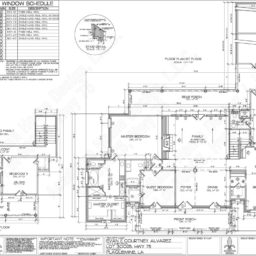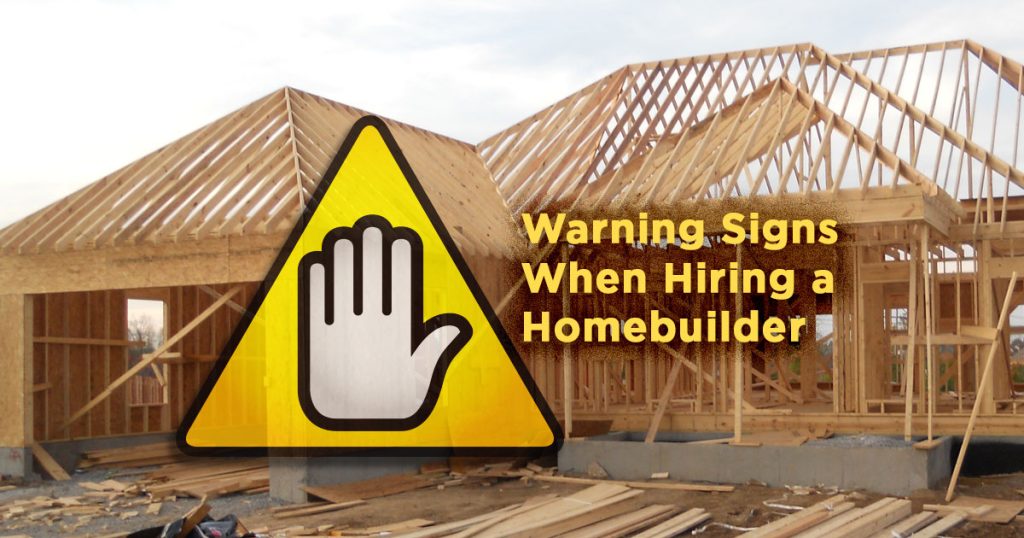Before spending thousands on pre-made plans because you think it'd help provide a "blueprint" for getting started, please understand that your ultimate design should be a result of your own feasibility review. Without knowing the parameters & limitations on size, style, features, and availability of builders, buying house plans could be a huge waste of money.
Once you have chosen a builder to construct your new home, it is time to create some house plans!
Design Your Plans
This is the point where the tasks not only get technical, but decisions begin to get set in stone.
By now, you have selected suitable land or a lot and know what the limitations (if any) would be on size and style; you've determined what the exterior will look like and narrowed down what amenities should be included; and you have chosen a builder that can successfully build your dream home. Plus, you have some ballpark costs of construction, fixtures & amenities which can be used to set financial parameters, thus ensuring you do not develop a set of plans that significantly exceed your expected budget.
You are now equipped with all of the information necessary to hire a professional to translate your vision into a workable design.
Hopefully, the contractor has suggested a designer or two to choose from once they are interviewed. Depending on your budget, Carroll Construction would typically refer you to either a draftsman or an architect. The difference between the two is often a matter of detail provided and the level of training required. An Architect, for example, will typically have a degree in their field of expertise and a license granted by a state regulatory body. Architects will produce a large amount of detail and sometimes even provide oversight of the construction process. If you do not have access to a design build contractor, an architect may be a great solution for you. The reason not everyone uses an architect is due to the price of an architect which can run in the tens of thousands of dollars. Most of our clients use a draftsman that we recommend from trusted sources that we have experience with. Even though the plans have fewer details, a design build contractor will furnish the written specifications to ensure the job is completed based upon your preferences. Draftsman are typically significantly less expensive than an architect. Whichever route you choose, we certainly recommend using a local professional to design the plans...read more about why this is important.
 After consulting with the your chosen builder, a draftsman or architect will typically create a set of floor plans for you to review. Most decisions you make beyond this point will affect the way the exterior of the home will look, because the exterior proportions of the home will be reflective of the space and layouts of the rooms inside the home. The professional drawing the plans will be able to help you navigate the design obstacles, yet you should also consult your contractor so they can help you to avoid common pitfalls and discuss the implications of any changes.
After consulting with the your chosen builder, a draftsman or architect will typically create a set of floor plans for you to review. Most decisions you make beyond this point will affect the way the exterior of the home will look, because the exterior proportions of the home will be reflective of the space and layouts of the rooms inside the home. The professional drawing the plans will be able to help you navigate the design obstacles, yet you should also consult your contractor so they can help you to avoid common pitfalls and discuss the implications of any changes.
 Once you complete any revisions to the floor plan, a set of elevations will be completed and you will have a chance to review these plans. Elevations are the drawings of what your home will look like when looking at the outside straight on from each side of the home. After this, the electrical plans, plumbing plans, foundations plans, roof layout and mechanical plans will be completed along with some typical details. All of these plans will need to be drawn to meet the code standards adopted by your state's construction code council.
Once you complete any revisions to the floor plan, a set of elevations will be completed and you will have a chance to review these plans. Elevations are the drawings of what your home will look like when looking at the outside straight on from each side of the home. After this, the electrical plans, plumbing plans, foundations plans, roof layout and mechanical plans will be completed along with some typical details. All of these plans will need to be drawn to meet the code standards adopted by your state's construction code council.
Many people buy ready-made plans online only to find that they spend more on the plans because they have to hire a local draftsman to recreate the plans according to local requirements. Some of the non-universal factors that have to be modified for local regulations include the HVAC Layout, the Plumbing Plan, the Foundation Plan (designed for local requirements), the correct Rafter Sizing (i.e.; factoring in “snow loads” are required up north, but not in warmer parts of the country), Wall Framing/Wall Bracing based upon local wind speeds, and the Plot Plan which shows how the home will be oriented on your specific lot.
The above factors address modifications that would need to be made to generic plans bought online by people building in Louisiana, you should check out the specific requirements of your local permit office before purchasing any plans. A local plan designer is always the safest choice.







